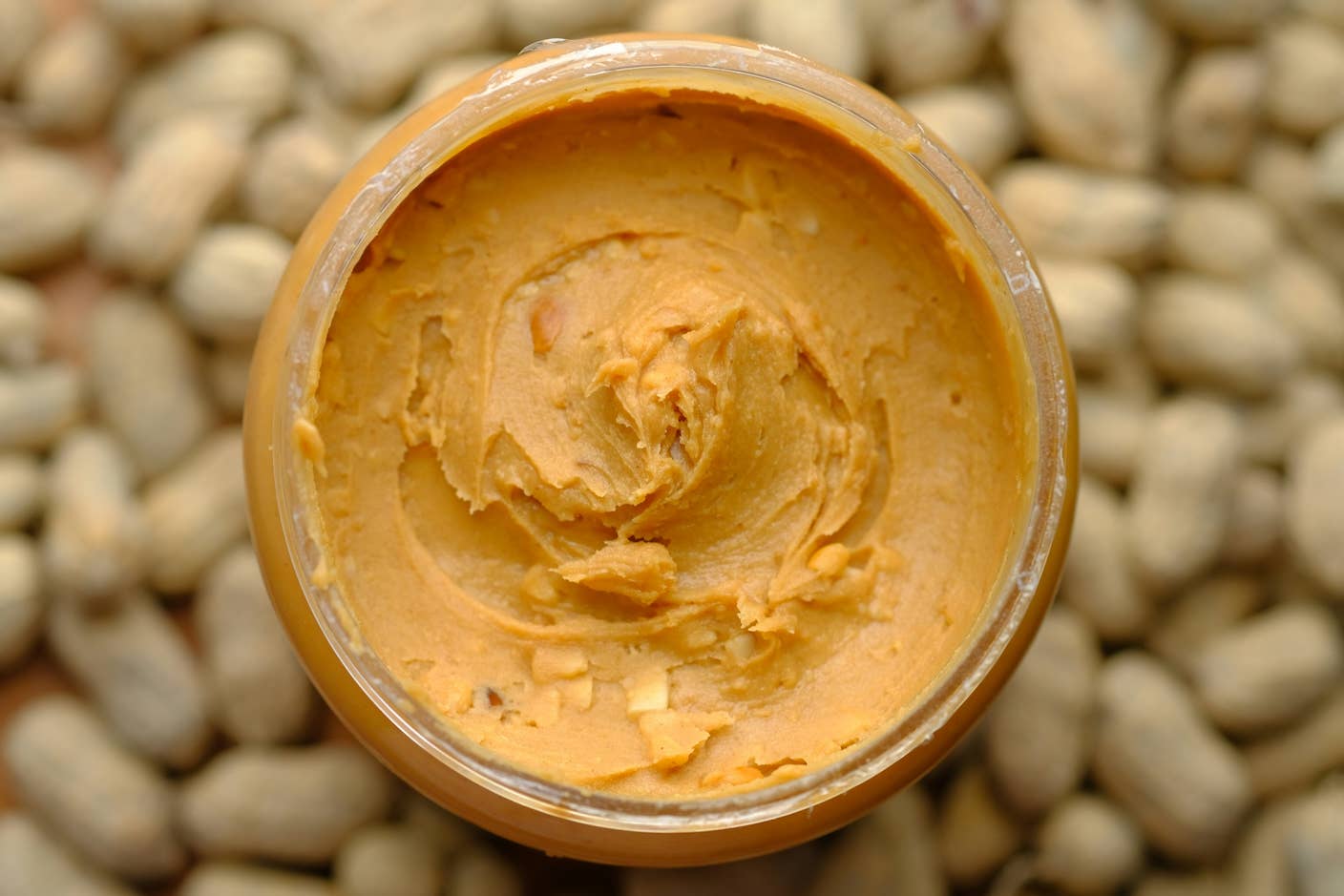Chisels to Genes: How We’ll Soon Grow What We Used to Build

Share
“At the end of the day, as a society, we need to stop manufacturing everything and grow everything.” — Jason Kelly, Founder of Gingko Bioworks
Most people would agree we still have much to learn from nature. Nature is vastly more efficient at recycling and reusing matter than humans have been. The whole field and study of biomimicry is built on emulating nature’s principles of form fitting function.
But we’ve also begun moving in the other direction too—redesigning nature to suit our own purposes. In fact, we’re already beginning to create whole new species of organisms.
In a recent interview with Forbes, Jason Kelly, founder of Gingko Bioworks, said that the company plans to create new species of bacteria whose purpose is to make a particular chemical. For example, a French fragrance company has commissioned Gingko Bioworks to grow rose oil (in a bacteria) so they don’t have to squeeze it from flower petals.
According to Kelly, it makes sense to use bacteria instead of other manufacturing processes because living cells "are far more efficient at using energy than man-made manufacturing processes."
And this doesn't have to stop with lifeforms as tiny as bacteria. All around the natural world, we witness life forms which, driven by the programming of their DNA, produce massive, complex things from tiny beginnings. As George Church suggested, "A minuscule fertilized whale egg produces an object as big as a house. So maybe one day we can program an organism, or a batch of them, to produce not the whale but the actual house."
Neri Oxman of MIT, also imagines a world where instead of building, we’ll be able to grow more.
In her TED talk, Oxman outlines the tension between the chisel and the gene, as she says; the tension between building with traditional tools and building with nature.
Be Part of the Future
Sign up to receive top stories about groundbreaking technologies and visionary thinkers from SingularityHub.


A tension that will likely become more and more prevalent as the field of synthetic biology matures and more engineers, designers, and entrepreneurs have the option of choosing between manipulating genetics or man-made materials to achieve their goals.
Oxman says we’re approaching “a new age of creation, that takes us from a nature-inspired design to a design-inspired nature, and that demands of us for the first time that we mother nature.”
Image Credit: James Duncan Davidson/TED
Sveta writes about the intersection of biology and technology (and occasionally other things). She also enjoys long walks on the beach, being underwater and climbing rocks. You can follow her @svm118.
Related Articles

New Gene Drive Stops the Spread of Malaria—Without Killing Any Mosquitoes

New Immune Treatment May Suppress HIV—No Daily Pills Required

Scientists Just Developed a Lasting Vaccine to Prevent Deadly Allergic Reactions
What we’re reading